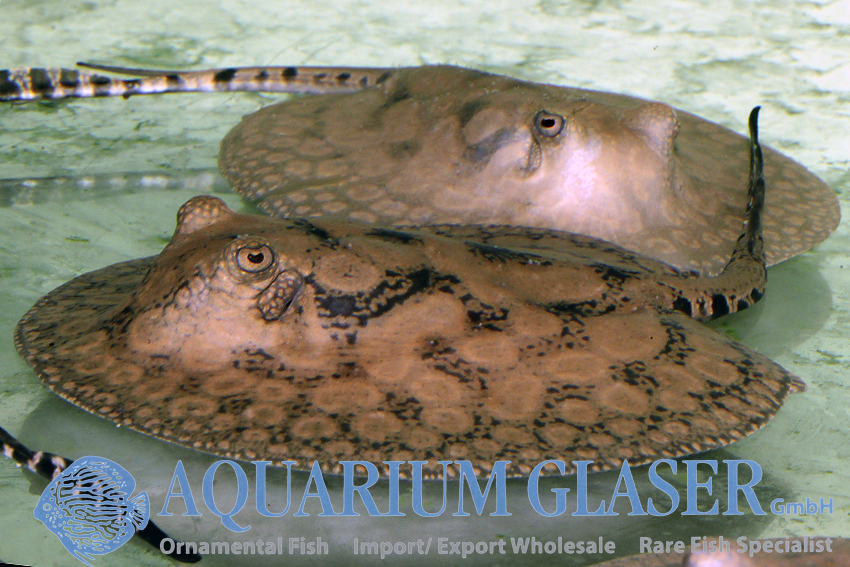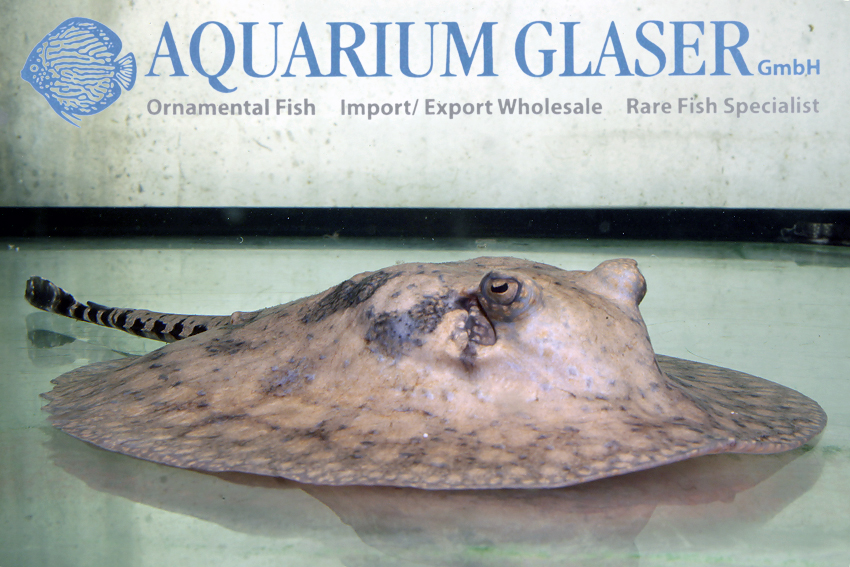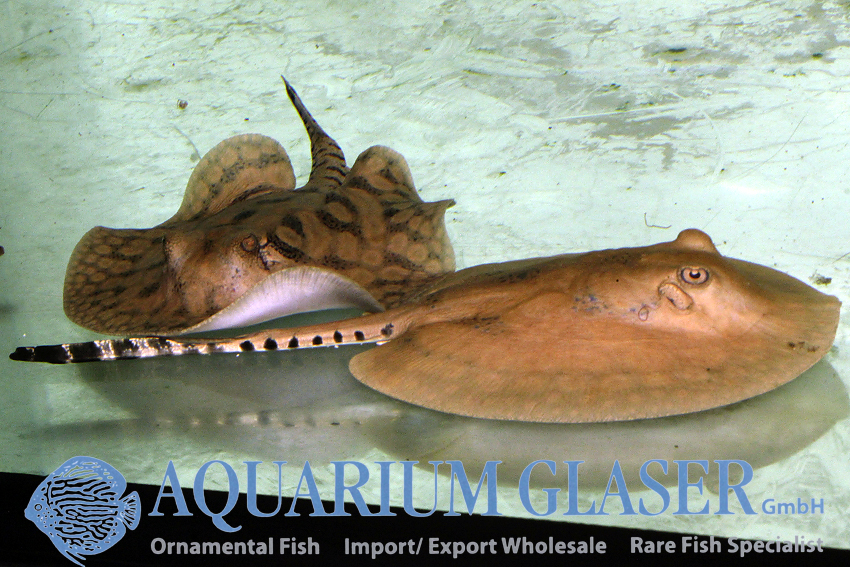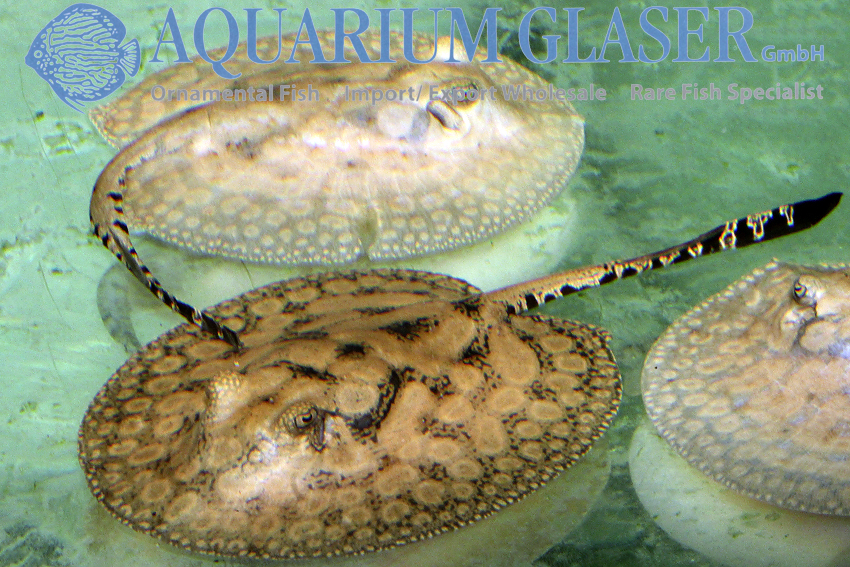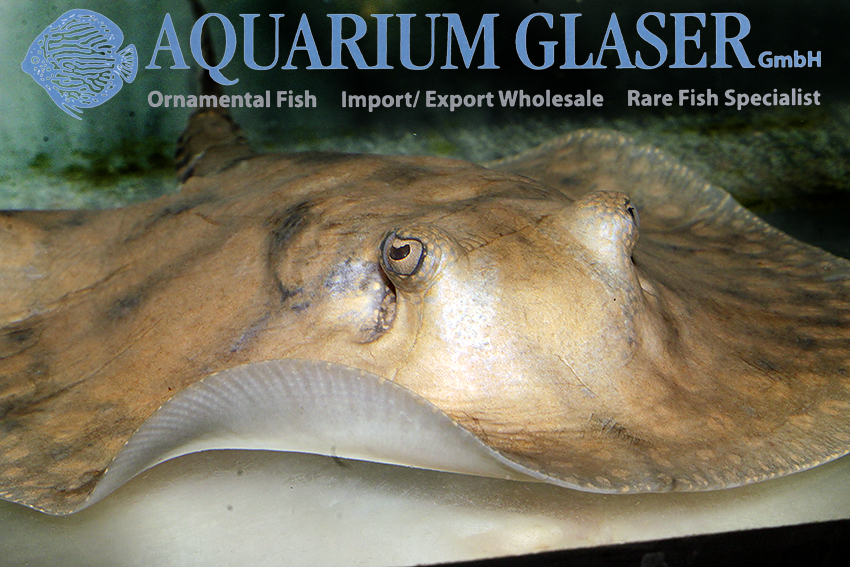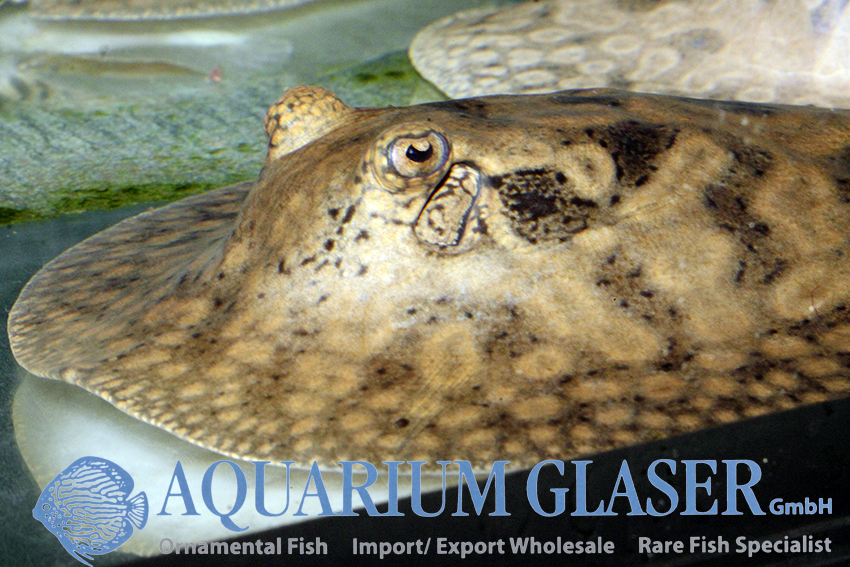This freshwater stingray lives endemically in the Rio Negro system in Brazil and is or was the most often imported species of Potamotrygon from Brazil at all. However until recently they fish were wrongly identified as P. histrix, a different species that is not kept in aquaria at all and occurs in southern South America. The type specimen of P. histrix was collected in Argentina. In fact P. wallacei – which is collected usually around Barcelos for aquarium purposes – is the best suited species of Potamotrygon for private aquaria, because it is the smallest species of the genus Potamotrygon at all. The disc diameter hardly ever exceeds 30 cm in this species. This means that P. wallacei also needs large tanks, but most of the remaining species of freshwater stingray become at least double as large, many even much larger.
Since january 2017 all species of Potamotrygon from Brazil and Colombia have to be exported only with CITES certificates, for these countries have placed the fish on appendix III of CITES. Although this means that the species can still be traded the situation is insofar unsatisfying for breeders of Potamotrygon as they now have to witness that their bred specimens are not descendends from illagal imported fish from Brazil or Colombia when the breeders want to export their animals out of the EU. Most bred specimens, however, do not stay in the EU because the market here is much too small.
Finally we were able now to import a number of P. wallacei from Brazil again. It took about one year for the authorities to react on the new situation and to supply the ornamental fish exporters with the CITES certificates needed for legal exportations.
For our customers: the animals have code 282202 (10-12 cm) and 282203 (12-15 cm) on our stocklist. Please note that we exclusively supply the wholesale trade.
Text & photos: Frank Schäfer





